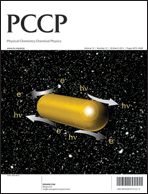Jos Oomens, Renato Zenobi and co-workers have investigated the structures and energetic properties of four common oxazine dyes using both experimental and theoretical approaches. The structural information obtained in the gas phase provides an important step towards an in-depth understanding of the fluorescent properties of the dyes.
The group studied Nile red, Nile blue A, cresyl violet and brilliant cresyl blue using both infrared multiple photon dissociation spectroscopy and quantum chemical calculations. Nile red is a commonly used probe for the investigation of many chemically important systems and, despite its well-characterised fluorescence in solution and widespread use, its gas-phase fluorescence has not been observed before. The group determined the true structure of the protonated fluorophore and, out of the many possible sites, they found that that the site of protonation of Nile red is at the carbonyl oxygen.
Significant differences can exist between the fluorescence properties of an isolated ion in the gas phase and its solvated counterpart. As these differences can be unpredictable, a definitive structural description of a gaseous flourophore is essential for the prediction of the associated fluorescent properties.
Read more in this PCCP article:
Infrared multiple photon dissociation (IRMPD) spectroscopy of oxazine dyes
Robert J. Nieckarz, Jos Oomens, Giel Berden, Pavel Sagulenko and Renato Zenobi
DOI: 10.1039/C3CP00158J


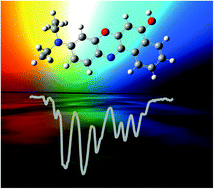















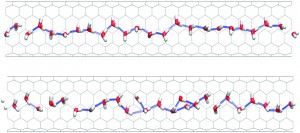
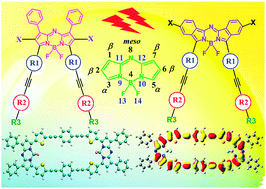 A recent theoretical study by Zhijan Wu, Aimin Ren and co-workers predicts novel BODIPY derivatives with interesting and potentially very useful nonlinear optical properties.
A recent theoretical study by Zhijan Wu, Aimin Ren and co-workers predicts novel BODIPY derivatives with interesting and potentially very useful nonlinear optical properties.
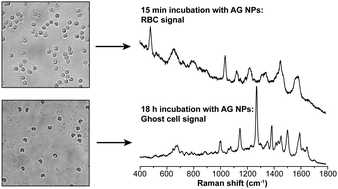 Janina Kneipp and co-authors report SERS spectra of hemoglobin using silver and gold nanoparticles in red blood cells in
Janina Kneipp and co-authors report SERS spectra of hemoglobin using silver and gold nanoparticles in red blood cells in 